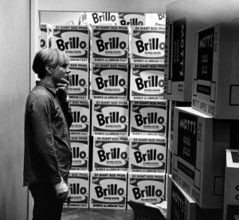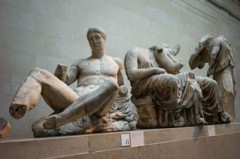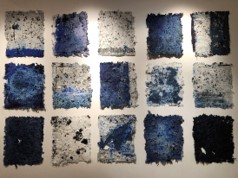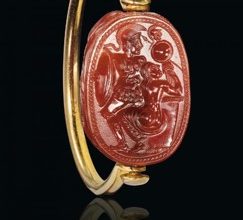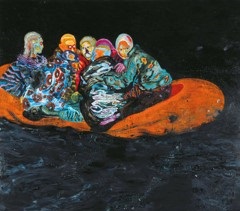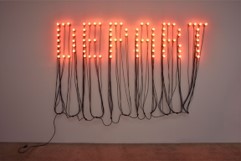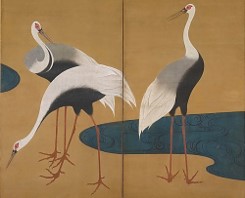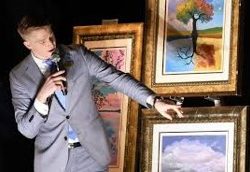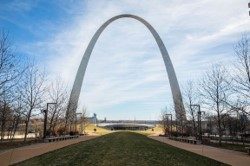
Steve McQueen tells us about the lesser-known details behind his films
Leah Sinclair | Dazed | 13th February 2020
Having won both the Turner Prize and an Oscar (12 Years a Slave), McQueen is a maestro of film. His retrospective in London has been acclaimed – “a brass-knuckled punch of reality in the face of everyday complacency”. Better than most reviews, which seem not to have the knack of discussing the moving image, is McQueen’s own commentary. “I don’t know what the truth is. I just want to be naked and things to be raw.”

